If you've never worked on 'the dark side' — selling technical products and services — you may not think much about marketing. If you work for an energy company, and especially if you're a 'decision maker' (wait, don't we all make decisions?), you may not realize that it's all aimed at you. Every ad, every sponsored beer, every trade show booth and its cute bunnies. The marketers are the explorers, and you are the prospect.
My question is: are you OK with their exploration methods?
The cost of advertising
Marketing futurists have been saying for ages that interruption advertising is dead. Uncurated, highest-bidder, information-free ads, 'inserted' (that's what they call it) into otherwise interesting and useful 'content' do not work. Or at least, people can't agree on whether they work or not. And that means they don't.
The price of print advertising does not reflect this, however. Quite the opposite. Here's what a year of premium full-page ads will cost you in three leading publications:
Still not bad compared to Wired ($1.67 million). You start to understand why companies hire marketing people. Negotiating volume pricing and favourable placements is a big deal, think of the money you can save. What a shame ads bring nothing at all to our community. All that money — so little impact. Well, zero impact.
Conferences are where it really gets serious. Everything has a price. Want to buy 250 gallons of filtrate, I mean 'sponsor a coffee break'? That will be $5000 but don't worry, you get a little folded card with your name on it (and some coffee stains). How about a booth in the exhibition? They are only $23 per sq ft (about $250/m2), so that big shiny booth? That'll be about $75,000. That's before you bring in carpet, drywall, theatrical lighting, displays, and an espresso machine.
No wonder one service company executive once told me: "It's not a waste of money. It's a colossal waste of money." He said they only went because people would talk if they didn't.
Welcome to the oil industry
Walking around the trade show at SEG the other week, we were not very surprised to be accosted by a troop of young women dressed in identical short, tight dresses, offering beer tickets. Where's the beer? At their booth, obviously, about half a kilometre away (Manhattan distance). Apparently the marketing department assumed that no-one in their right mind would visit their booth on the basis of their compelling products or their essential relationships with an engaged and enthusiastic user community. Come to think of it, they were probably correct.
One innovative company has invented time travel, but unfortunately only to 1975. At least, that's the easiest way to explain the shoeshine stand at Ovation's booth. You can imagine the marketing meeting: "Let's get some women in short skirts, and get them to shine people's shoes!" I expect someone said, "Wait, isn't this a technical conference for subsurface scientists, shouldn't we base our marketing strategy on delighting the industry with our unbeatable services?" — and after a moment's reflection, the raucous laughter confirming that yes, the sexy shoeshine stand was indeed an awesome idea.
Let's be clear: marketing, as practised in this industry, is a waste of money. And this latter kind of marketing — remarkable for all the wrong reasons — is an insult to our profession and our purpose.
Are we cool with this?
Last year I asked whether we (our community of technical practitioners and scientists) are okay with burning 210 person-years of productivity at a major conference and having very little to show for it at the end.
Today I'm asking a different question: are we okay with burning millions of dollars on glossy ads, carpeted booths, nasty coffee, and shoeshine stands? Is this an acceptable price for our attention? Is the signal:noise ratio high enough?
I am not sure where I'm going with all of this — I am still trying to figure out what I think about it all. But I know one thing: I can't stand it. I will not step into another exhibition. I am withdrawing my attention — which I suppose means that yours is now worth a tiny bit more. Or less.
Update on 2013-10-16 17:10 by Matt Hall
Anyone involved in marketing that has actuallyl read this far without surfing off in disgust might like to carry on reading the follow-up to this post — Do something that scares you.
 WikiProject Geology is one of the gathering places for geoscientists in Wikipedia.Regular readers of this blog know that we're committed to open scientific communication, and that we're champions of wikis as one of the venues for that communication, and that we want to see more funky stuff happen at conferences. In this spirit, we hosted a Wikipedia editing session at the Atlantic Geoscience Society Colloquium in Wolfville, Nova Scotia, this past weekend.
WikiProject Geology is one of the gathering places for geoscientists in Wikipedia.Regular readers of this blog know that we're committed to open scientific communication, and that we're champions of wikis as one of the venues for that communication, and that we want to see more funky stuff happen at conferences. In this spirit, we hosted a Wikipedia editing session at the Atlantic Geoscience Society Colloquium in Wolfville, Nova Scotia, this past weekend.  Much of my notes from the event could be adapted to any geoscience wiki editing session — use them as a springboard to get some champions of open-access science together at your next gathering. If you'd like our help, get in touch.
Much of my notes from the event could be adapted to any geoscience wiki editing session — use them as a springboard to get some champions of open-access science together at your next gathering. If you'd like our help, get in touch.

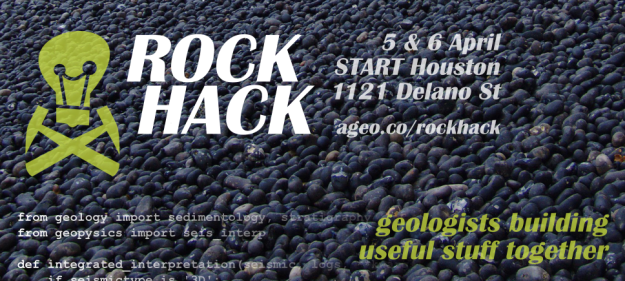




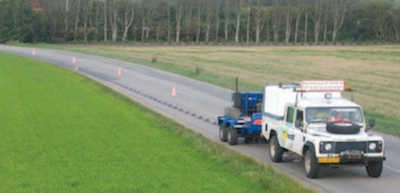
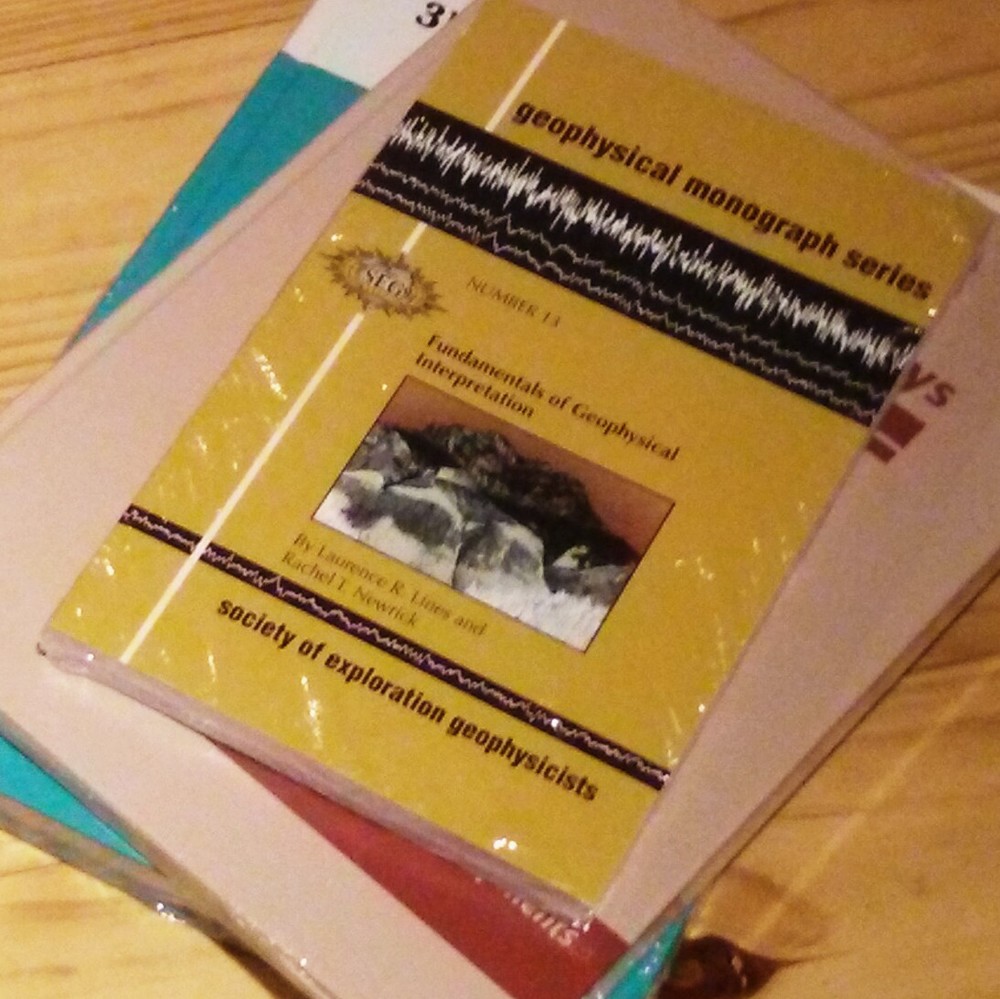

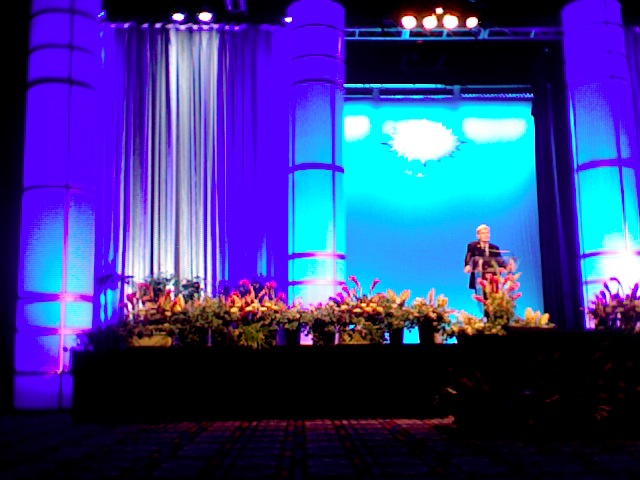
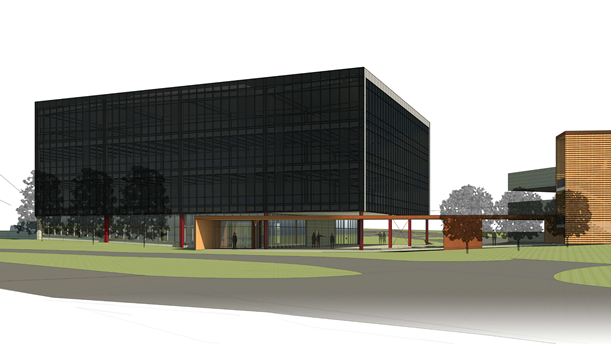
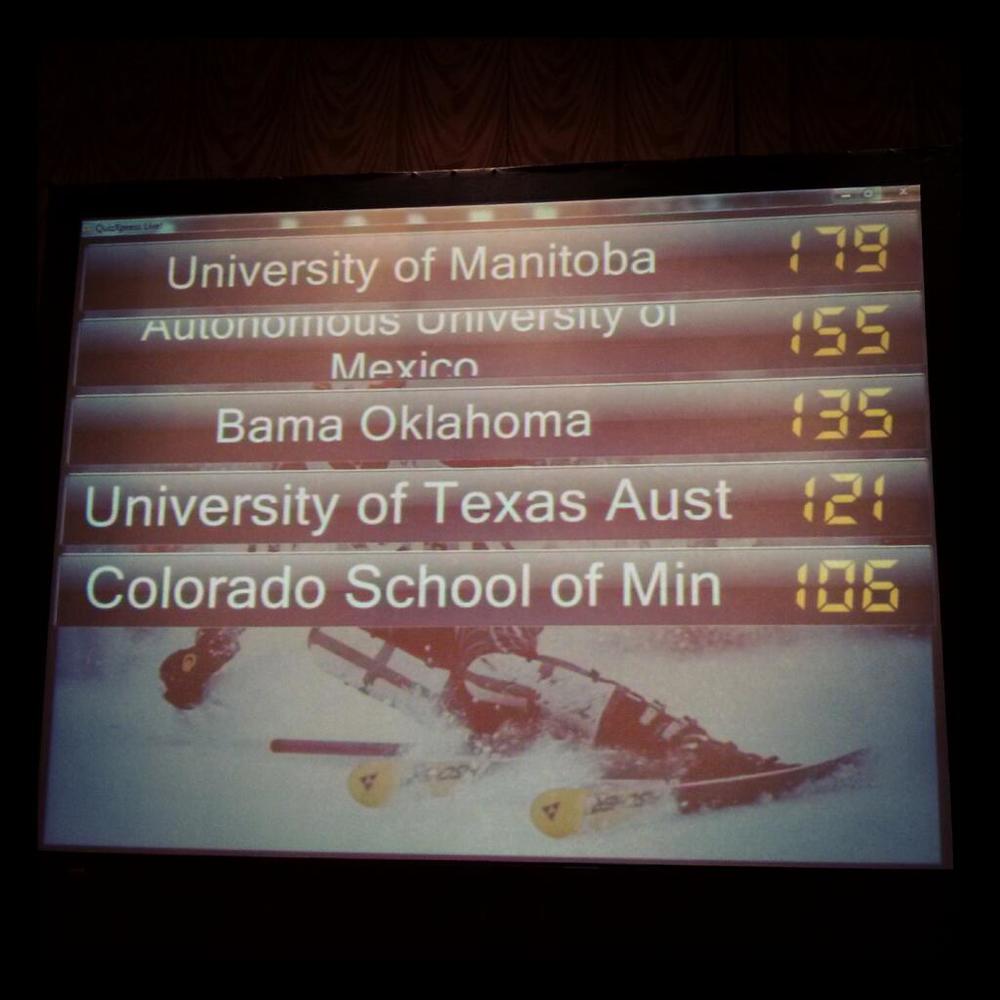



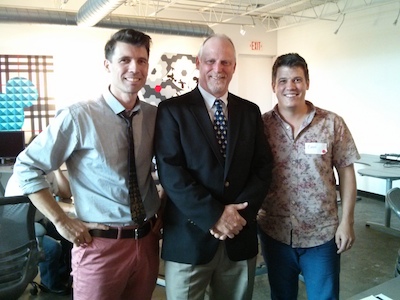



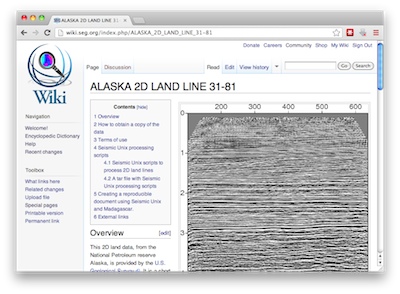
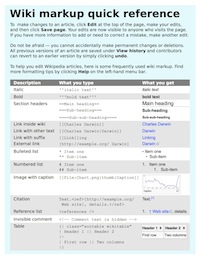
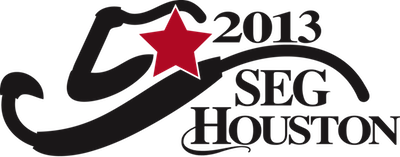
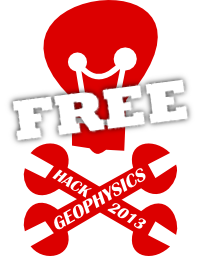
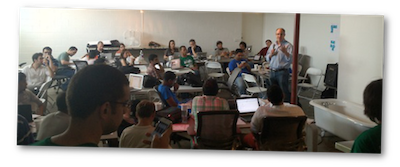


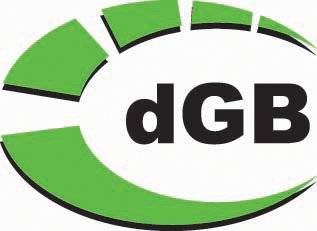






 Except where noted, this content is licensed
Except where noted, this content is licensed